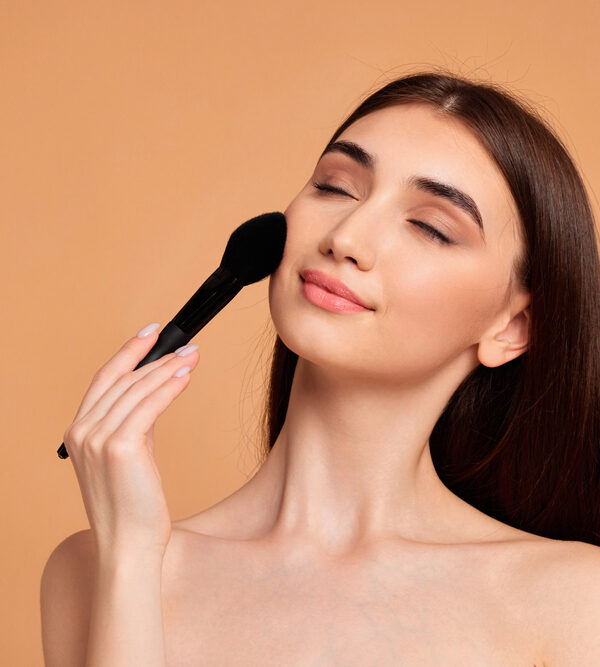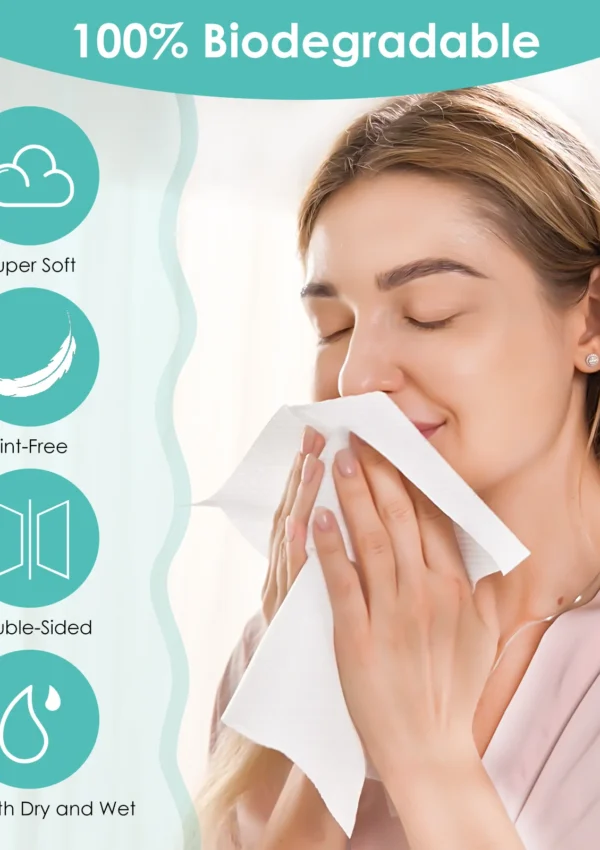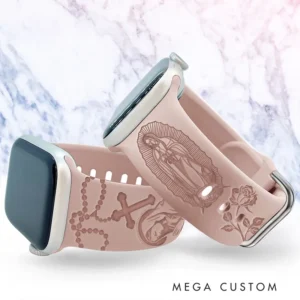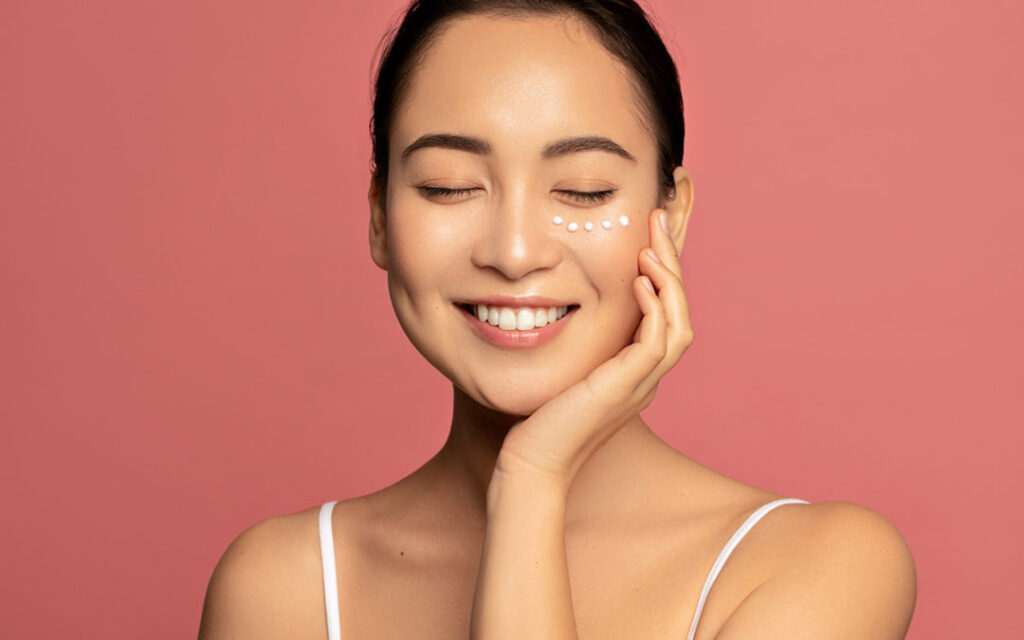Clean beauty has become a powerful movement. Women now want safer skincare. They also want transparency. Because of this, many brands are shifting to better formulas. However, the journey still feels confusing. The ingredient lists look complicated. And products often make bold claims without proof.
But there is good news. Once you understand a few harmful ingredients, choosing clean beauty becomes easier. Also, your skin starts responding better. Because it gets the care it truly needs.

1. Parabens
Parabens are used as preservatives. They extend product shelf life. However, they may disrupt hormones. This risk has made them controversial. Many clean beauty brands removed them for safety. Therefore, always look for “paraben-free” labels.
2. Sulfates
Sulfates create foam in cleansers and shampoos. They feel satisfying. Yet, they strip natural oils. Because of this, skin becomes dry and irritated. Sensitive skin reacts even more. So sulfate-free cleansers are a safer choice.
3. Synthetic Fragrances
Fragrances smell amazing. But the problem is deeper. Companies hide many chemicals under the word “fragrance.” Some are irritants. Others trigger allergies. And some may worsen acne. Thus, choosing fragrance-free products protects your skin.
4. Phthalates
Phthalates help products last longer. They are common in perfumes and lotions. Studies suggest they may affect hormones. So avoiding them supports long-term wellness. Clean beauty brands now proudly remove them.
5. Formaldehyde Releasers
These chemicals slowly release formaldehyde to preserve formulas. They are found in hair products and nail treatments. However, they can irritate skin. They may also cause allergies. So switching to formaldehyde-free options is wise.
6. Mineral Oil
Mineral oil feels smooth. Yet it can clog pores. Because of this, breakouts become common. Natural oils are safer. Options like jojoba oil or rosehip oil nourish skin gently.
7. Oxybenzone
Oxybenzone is used in chemical sunscreens. But it may disrupt hormones. It can also irritate sensitive skin. Mineral sunscreens offer safer protection. They use zinc oxide or titanium dioxide. They are gentle and effective.
How to Switch to Clean Beauty Safely
Transitioning to clean beauty feels overwhelming at first. But it gets easy with small steps. Start by replacing products you use daily. Cleansers, moisturizers, and sunscreen should be the first. Because they stay on your skin longer.
Then check ingredient labels. Look for short and clear lists. Choose brands that offer transparency. They often share every single ingredient. And they also explain their purpose.
Patch testing is another important habit. Even clean ingredients can irritate some skin types. Therefore, always test a small amount before applying fully.
Why Clean Beauty Matters
Clean beauty is not about perfection. It is about awareness. And it is about supporting your skin’s long-term health. When you avoid harmful ingredients, your skin becomes calmer. It also becomes brighter. And it stays healthy with less effort.
Finally, clean beauty helps the planet. Many clean brands support eco-friendly packaging. They also choose sustainable ingredients. So your choices create a positive impact.









Leave a Reply